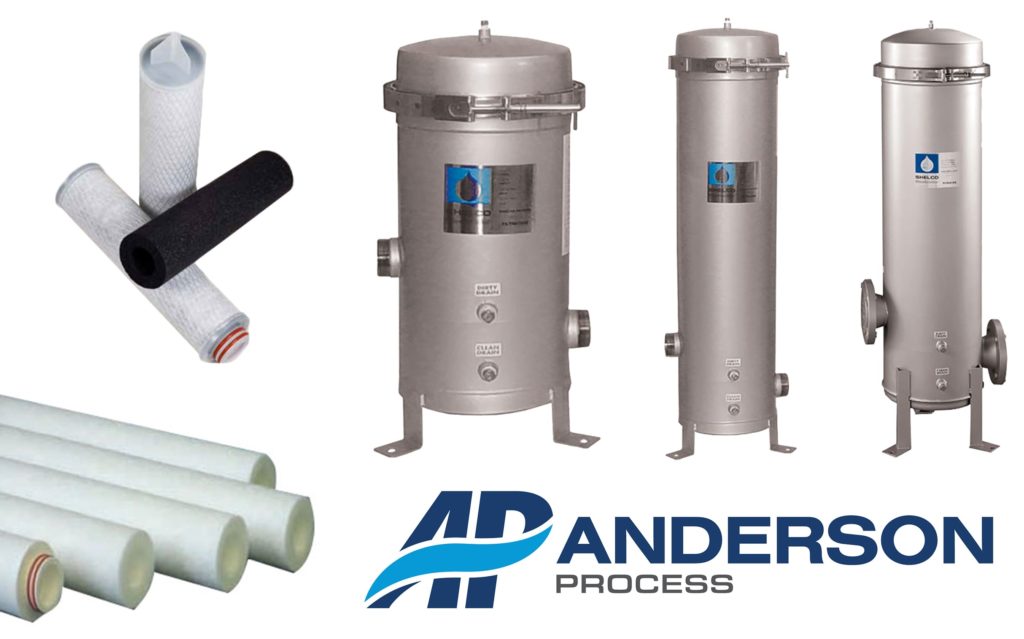Activated carbon media, either in bulk or filter element form, has been shown to be effective in removing odor in applications where customers are using non-FDA grade ethanol and alcohol to produce hand sanitizers and bulk sanitizing agents for combating the COVID-19 virus spread.
For proper filtration, the two key factors (challenges) while using activated carbon revolve around “residence time” and ideal processing conditions. The greater amount of time the effluent (unfiltered product) is able to coexist within the activated carbon media bed, the higher the probability for success in having the “charged” chemical properties of the activated carbon “pull-out” the undesirable contaminant from the effluent stream causing the odor issues. Properly sized filters with enough activated carbon and the assurance of a slow and manageable flow rate will guarantee the best results for the filtrate.
In essence, the rule is simple…the slower the process flow through the carbon filters…the better the results! Here are two ways you can use activated carbon to achieve “odorless” clarity and particle free ethanol/alcohol product end quality:
1. USE ACTIVATED CARBON CARTRIDGES WITHIN MULTI-ROUND FILTER HOUSINGS
Shelco Filters offers a variety of multi-round cartridge housings to achieve flow rates using carbon filter elements up to 75 GPM. American Melt Blown & Filtration (AMBF) offer the appropriate carbon cartridge filters to fit securely into these housings. Best results are achieved with the properly sized carbon filter arrangement taking into account manageable and optimal flow parameters. The housings can be properly sized for flow rates typically between 10 GPM and 75 GPM flow rates depending on the end users processing needs. A post filter housing with a 1u to 5u rated depth filter is also recommended in a series filtration fashion to assure capture of any other undesirable products in the batch, as well as to catch any loose carbon fines that sometime have the potential to migrate from the carbon filters under too high of flow conditions or at higher differential pressures.
2. USE ACTIVATED CARBON WITH BULK CARBON METHODOLOGY
Here, bulk carbon is used to optimize the amount of surface area and “residence time” to allow the liquid to flow through a greater portion of a carbon bed at slightly higher flow rates; typically 50 GPM to 80 GPM at most. A #2 size bag filter housing is used with a solid-wall basket insert which has a “tight”, yet porous perforated bottom. The bulk carbon, roughly 20 pounds, is poured into the basket insert and is filled almost to the top of the basket. The incoming effluent liquid then will flow through the entire carbon bed and out as the filtrate stream. It is imperative to use a post filter stage with this as well, as a small amount of the activated carbon particles will most definitely be pushed through the holding basket. The same post filter, ideally a 1u to 5u rated depth filter is recommended and sized to accommodate full-flow process conditions.
FEATURED PRODUCTS
- 7FOS Series Universal Multi-Cartridge Filter Housings
- 12FOS & 22FOS Series Multi-Cartridge Filter Housings
- Carbon Block Cartridges – The “Patriot”
- MicroSentry™ MB Series Melt Blown Depth Cartridges

